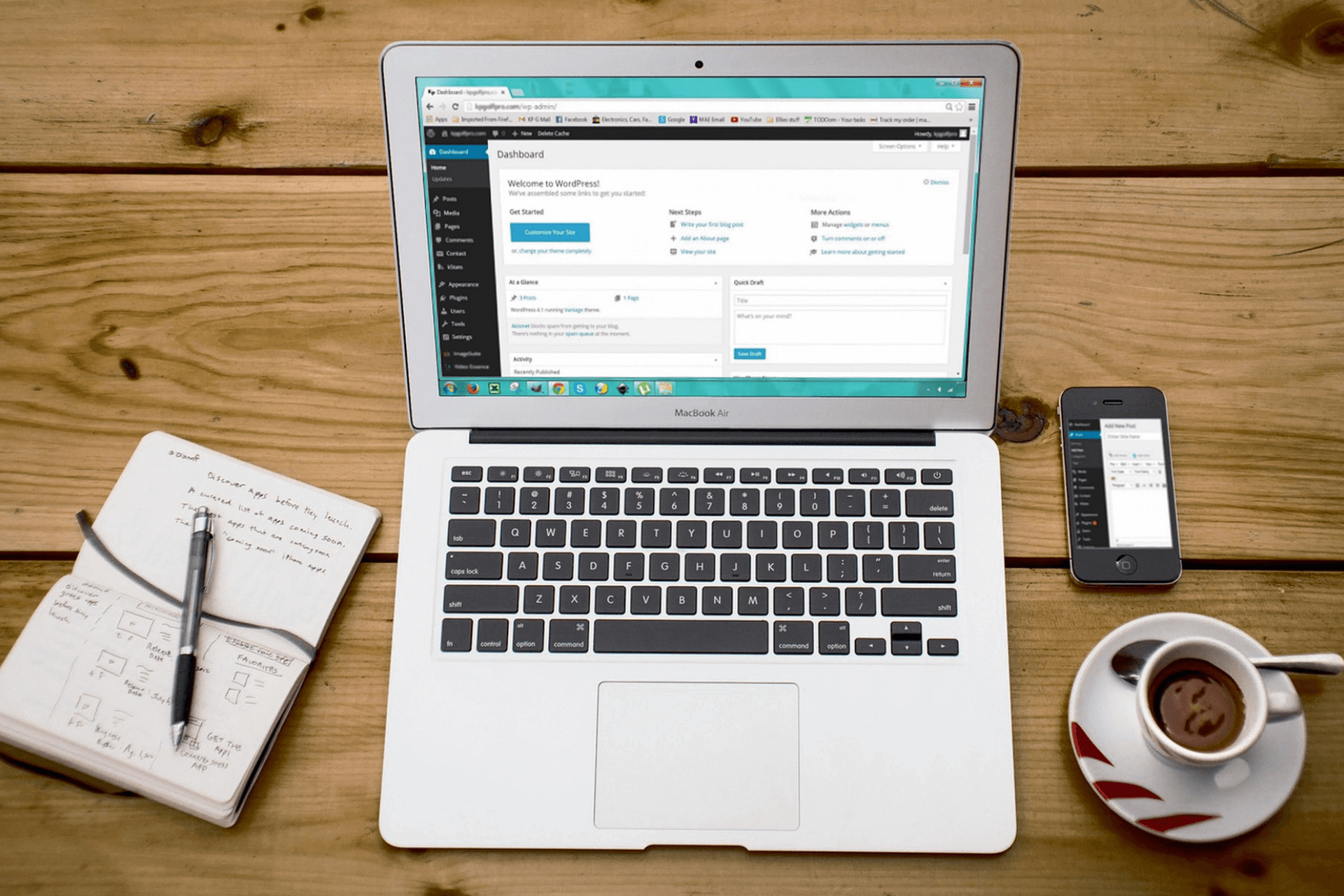

Now more than ever, a sleek and functional website is essential to your nonprofit’s brand. Things as seemingly trivial as a long load time, lack of mobile compatibility or dated design could be enough to stunt your site’s growth. But we’ve got you covered: here are six elements that will lure donors to your website and keep them there once they arrive.
1. Mobile compatibility
Last year, 63 percent of all web traffic was mobile. So if your website isn’t compatible with every phone and tablet out there, you’re inadvertently shrinking your audience. Plug your URL into Google’s Mobile-Friendly Test to see how compatible your website is and adjust it based on the feedback you get. If you’re not as mobile friendly as you should be, don’t panic. Most website design platforms have mobile compatibility built in, and if not, you can use a conversion platform like bMobilized or Duda Mobile. Whenever you update, revise or post on your site, keep in mind how the content will look on a cell phone or tablet, too.
2. A call to action button
A “donate” or “give” button should be one of the first things people see when they visit your site. If someone is ready and willing to donate to your organization, they shouldn’t have to search very hard to do so. Put a button at one of the top corners on your homepage, and once it’s clicked on, make sure your giving page is simple and donor-friendly. The more clicks it takes for a donor to actually make a donation, the less likely they are to do it.
3. Social media handles
While it’s true that a lot of your audience can arrive on your site from social media platforms, sometimes it’s the other way around. Make sure your website has clearly visible links to all social media accounts somewhere on your homepage. How high up you place it is up to you, and it depends on how critical social media is to your brand. Just be sure there’s some sort of “Follow us” section so donors and other site visitors are aware that you’re active across the web.
4. A page about you
One of the most important aspects of your organization is its story, so be sure to tell it on your website through an “About Us” page. Share how your nonprofit came to be and all the reasons you’re passionate about your mission. As you probably know, the more connected people feel to your cause, the more compelled they will be to donate to it.
5. Quick load time
All the components so far are rendered useless if people never reach your homepage in the first place. Studies from Google show that 53 percent of users will leave a mobile page if it takes longer than three seconds to load, so use websites like WebPageTest, Pingdom or GTmetrix to discover your site’s load time for free. If it’s significantly longer than three seconds, you may have to remove some gigabyte-heavy content from your page.
6. High-resolution photos
This last one is so important, yet so overlooked. Clear, high-quality photos can actually impact your organization’s reputation and legitimacy. If the first thing your audience (especially Millennials and Gen-Z’ers) sees when they enter your site are dark, blurry pictures, they will leave it immediately.
Multiple studies show that “it takes about 50 milliseconds (that’s 0.05 seconds) for users to form an opinion about your website that determines whether they like your site or not; whether they’ll stay or leave.” Or, you can take it from any 20-something who spends a significant amount of time online—low-res photos and dated designs send visitors running for the hills..
Set up an engaging banner photo or video on your homepage that spans the whole screen. Include photo albums documenting your important events and scatter other pictures throughout every page on your site. No, every photo doesn’t have to be perfect, but if you want to gain the approval of your audience—especially the younger demographic—you should try your best to make your pictures look good. If you need to use stock images, there are tons of websites that offer free high-resolution downloads.
Take these six tips into consideration when building and updating your nonprofit website and you’ll draw in a larger audience that’s more inclined to give online.
This article by Hannah Trull was published on NonprofitHub. Link to the original article here.

